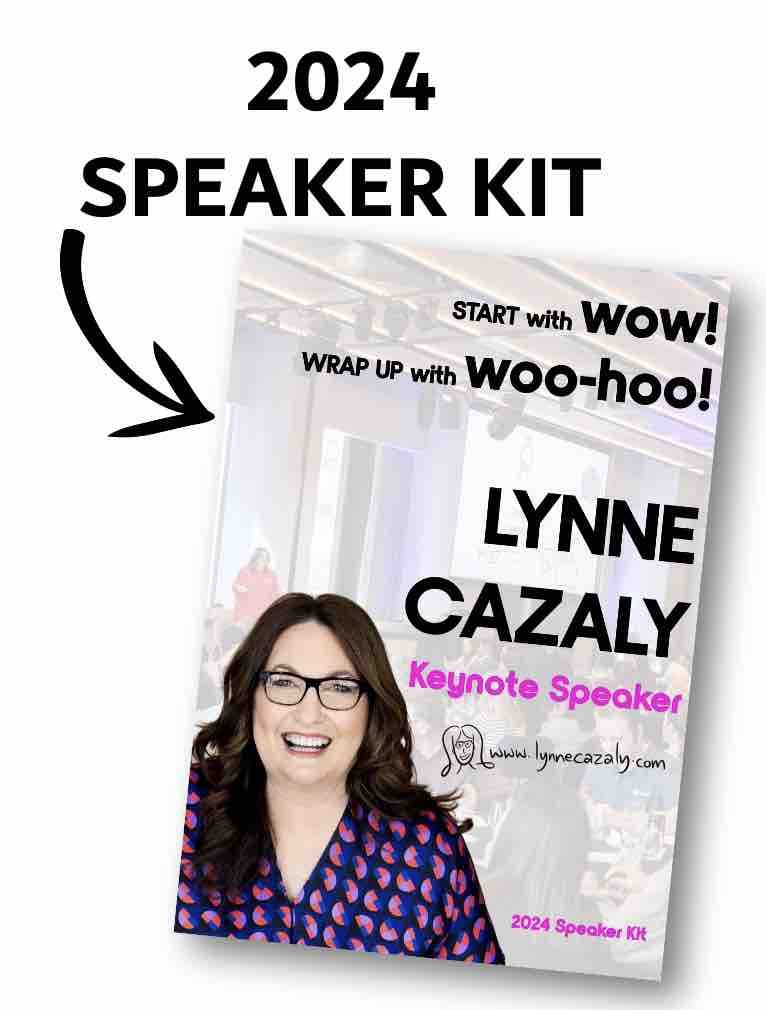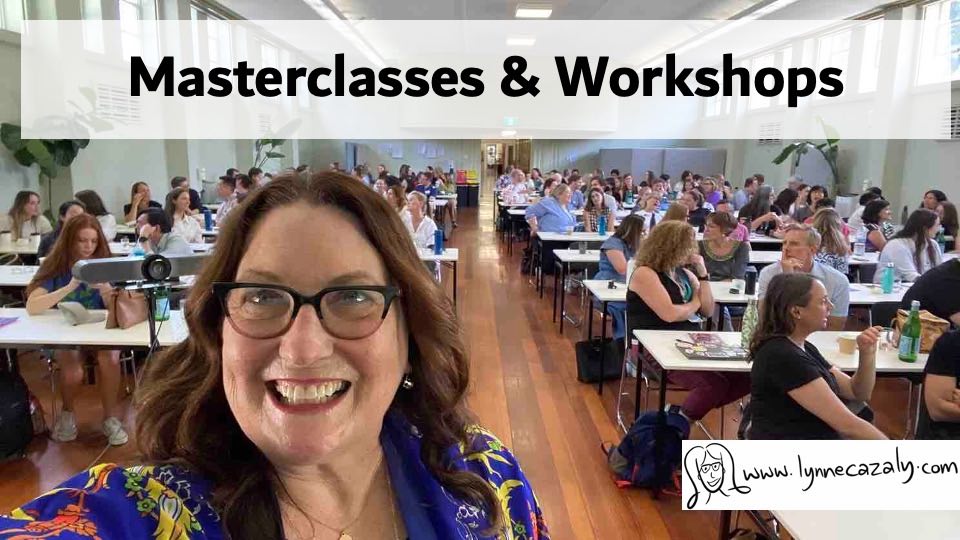Blue-Sky Thinking, Strategy & Story
 Thursday, May 7, 2015 at 4:47PM
Thursday, May 7, 2015 at 4:47PM Blue sky thinking is up there, out there, up ahead….
We can’t see it yet but we have many ideas, possibilities, hopes. Blue sky thinking isn’t cliché; it’s thinking where there are no preconceptions and no limitations by current beliefs.
When you put blue sky thinking to work – at work, at home, or anywhere else in your life or community – see it as three stages or steps, not just the singular step of thinking.
See it as:
- Thinking
- Strategy
- Story
Once you’ve done the ‘out there’ thinking, convert it to action and create the strategy that will reinforce and bring the thinking to life.
Yet many organisations stop at this point.
‘We’ve got the strategy; see this spreadsheet and these tables and documents; that’s the strategy’
Not so fast. I think you need to push on and create something else: the story that spreads the image and vision of those possibilities that you’re working towards.
Make the thinking and strategy more tangible, possible, visible and real – after all, those on the team who will be enacting the strategy may not have had the benefit of weeks (or months or years) of discussions, debates and conversations that you and the team have had in creating it.
Go beyond the the blue sky thinking; translate it to the strategy… and then go further and craft the storythat will bring the thinking to life, down on the ground where great work is getting done.
An example:
A current project I’m working with a senior leader on is helping the team visualise ‘what good looks like’. The team has plenty of challenging work ahead of them. A visual map, strategy and story will bring their blue sky thinking to life, bringing it closer and making it more possible, attainable and less abstract.
The bottom line is:
it’s helps people make sense of it all, connecting dots and seeing where they are on the path to reaching the blue sky.

















